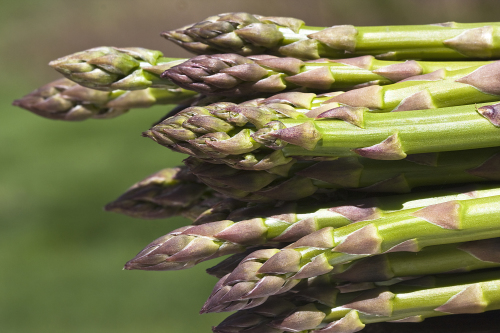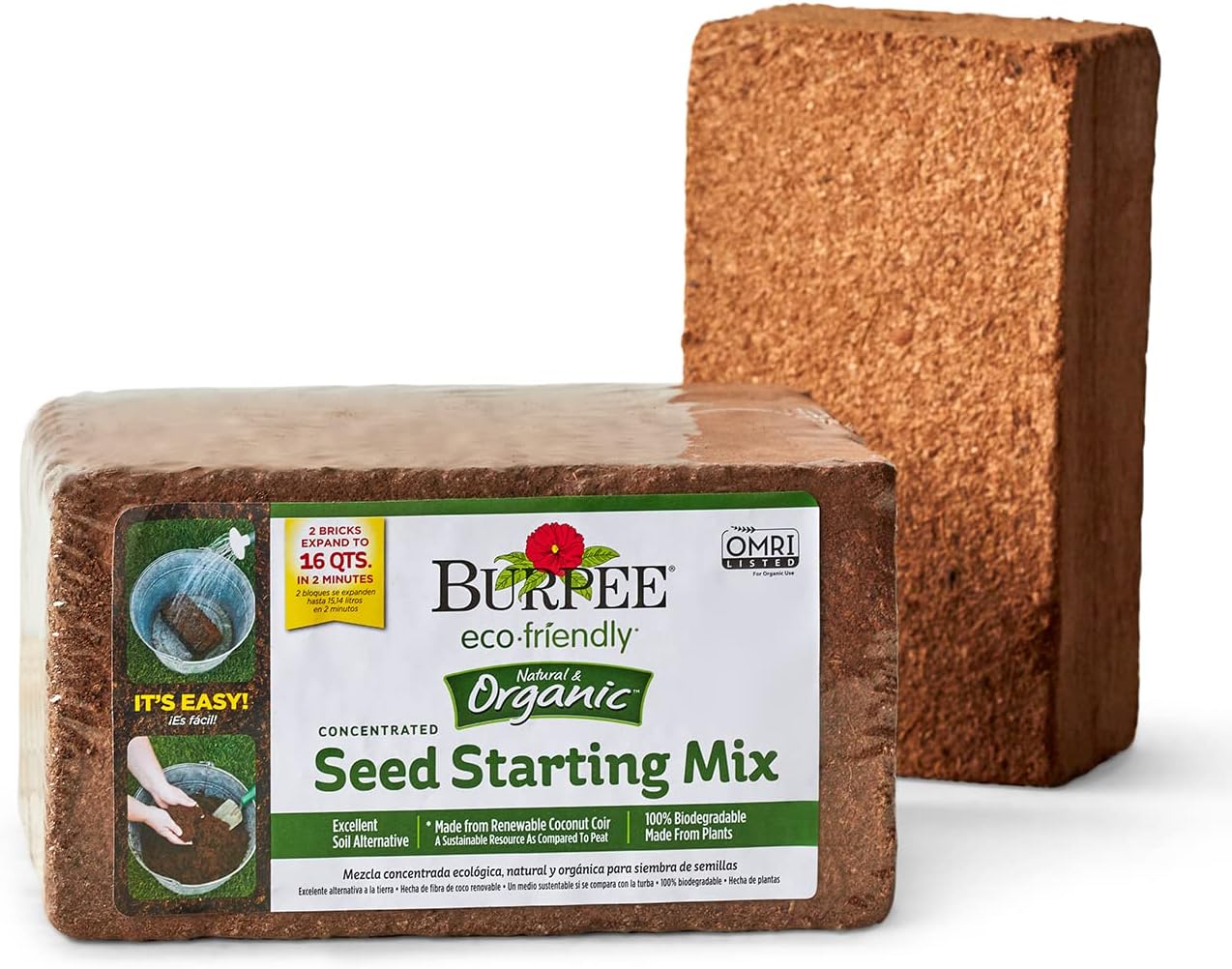Plant an Asparagus Patch
You’ve never really tasted asparagus before if you haven’t eaten it fresh from the garden

Ask anyone who has grown asparagus how it compares to the store-bought variety, and they will be happy to go on and on about the amazing difference in flavor. They’ll shake their heads and tell you that if you’ve never tasted freshly harvested asparagus, then you haven’t tasted asparagus—which shouldn’t surprise you. After all, that is the case for many (most) vegetables.
Asparagus (Asparagus officinalis) loses its flavor rapidly once it’s been harvested, which is exactly why you need your own asparagus patch. Feel free to ignore the rumors about asparagus being a fussy thing with particular tastes. I don’t subscribe to that asparagus description. In fact, I don’t find it any more demanding than any other vegetable.
It’s more likely that the naysayers are referring to the amount of time that asparagus needs to fully mature. And that’s a shame. I mean, the time is going to pass anyway, right?
Think of asparagus as a “long-term perennial.” Yes, you’re going to have to wait about three years to savor a decent harvest. But asparagus consoles you by producing the most lovely feathery foliage. Plus, an asparagus patch will keep producing for 15 to 20 years. Can your tomato plants do that?
 |
 |
Planting and growing asparagus
For mild winter climates, asparagus is planted in the fall or early winter. If you’re in a cold winter area, wait until early spring to get them into the garden bed. Asparagus can be planted as one-year-old (sometimes two-year-old) crowns or from seed. Both are acceptable, however, crowns are the preferred way since the gardener will gain an entire year or more of time as far as harvest goes.
The soil should be on the sandy side, well-draining, and rich. This means you’ll want to add plenty of organic matter and compost. Asparagus prefers the soil pH to be slightly on the high side (6.5 to 7.5), but a little lower isn’t a deal breaker. You can always toss in a little lime to bring up the pH.
Planting asparagus from crowns
Dig a 12- to 18-inch-deep trench and make a mound all the way down the center of the trench. Plant the crowns 12 to 18 inches apart (they like their elbow room) by spreading their roots around the mound at the bottom of the trench. Cover the crowns up with several inches of compost or composted manure along with some of the soil that you dug out. Water them well.
Once the plants start growing, you’ll add more of the compost/soil mix. Continue this until the trench is filled. The idea is not to cover the tips of the growing asparagus. Asparagus likes water, so don’t let the roots dry out.
Plant asparagus from seed
Asparagus plants can be started from seed by planting them indoors about eight weeks before the last frost date in your area or directly into the garden outdoors three weeks before the last frost date. If you plant the seed directly into the garden bed, be sure that soil temperatures are at 77°F or higher. Plant the seeds ¼ inch to ½ inch deep into the soil and they’ll germinate in 10 to 12 days.
Asparagus prefers full sun (but will tolerate a range from four to eight hours) and rich, free-draining, organic soil. Don’t get stingy with the water—asparagus plants are thirsty, and you can’t give them too much organic matter while the spears are actively growing.
Keep the bed free of weeds, as weeds tend to rob the asparagus of the nutrients you’ve added to the soil. Mulching the bed with straw or damp newspaper will help smother weed seeds and regulate soil temperature.
How to harvest asparagus spears
The general rule of thumb is that you start harvesting the spears the second spring after the crown are planted; the third spring is even better. And if you’ve started with seeds, certainly don’t harvest until the third spring.
That said, the first harvest should be a rather light one—don’t try to feed the neighborhood with it. Harvest the spears by cutting them off with a sharp knife just below the soil line. Alternately, you can bend each spear until it snaps off just above the soil line.
Harvest two to three spears per plant over a two-week period. Look for pencil-thick stalks to take from the plant, and let the really skinny ones grow into ferns in order to be ready for the following harvest.
Every spring thereafter, harvest the spears that measure about 3/8 inch in diameter and 6 to 8 inches tall. The harvests following that first one (the second spring) usually last for four to eight weeks. Stop harvesting when most of the spears that are left are small and have their tips open.
Fine Gardening Recommended Products

The New Organic Grower, 3rd Edition: A Master's Manual of Tools and Techniques for the Home and Market Gardener, 30th Anniversary Edition
Fine Gardening receives a commission for items purchased through links on this site, including Amazon Associates and other affiliate advertising programs.

Burpee Organic Coconut Coir Concentrated Seed Starting Mix, 16 Quart
Fine Gardening receives a commission for items purchased through links on this site, including Amazon Associates and other affiliate advertising programs.

Attracting Beneficial Bugs to Your Garden, Revised and Updated Second Edition: A Natural Approach to Pest Control
Fine Gardening receives a commission for items purchased through links on this site, including Amazon Associates and other affiliate advertising programs.







Comments
Log in or create an account to post a comment.
Sign up Log in